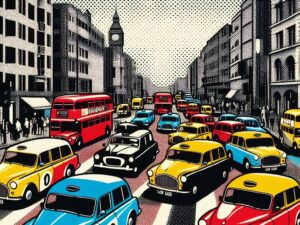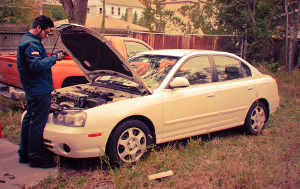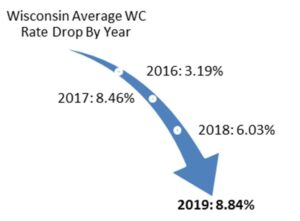Number Of Vans On British Roads Hits All-Time High

Recent motor trade data reveals an impressive surge in Light Goods Vehicles (LGVs) and vans on UK roads. Despite new and used car sales reaching record heights recently, the growth rate of LGVs and vans has been even more remarkable.
According to the Society of Motor Manufacturers and Traders (SMMT), the UK’s demand for commercial vehicles rose by 5.4% in April, with 23,889 new vans, 4x4s, and pick-ups registered, the highest level for that month since 2021.
This surge is driven by motor trade fleets investing in vehicles to support more local trades, doorstep services, and other logistics sectors.
Deliveries of medium-sized vans grew by 6.8% to 4,611 units, while the smallest vans saw a significant increase of over 40%.
The SMMT expects the UK’s new van market to grow by 3.3% to 353,000 units this year.
The Data Unpacked
Nearly 4.5 million vans are on British roads, a record high since data began in 1994.The number of vans in Great Britain has increased by 37% in the last decade.The average age of vans on the road is now 8.9 years.Just over a quarter of a million vans were in their first year of use in 2022.
In 2022, only 6% of vans were in their first year of use, the lowest proportion since 2009. This is down 21% from 2021, with only 273,319 vans in their first year of use on the road.
According to the SMMT, new van registrations in 2023 were up by over 20% year to date compared to 2022.
The motor manufacturing slump in 2021 and 2022 was caused by a global semiconductor shortage and exacerbated by the war in Ukraine, limited new vehicle production and increased costs.
Commercial Vehicles Increase Before Net Zero Deadline
Commercial vehicles, including vans, trucks, buses, and coaches, now account for the highest proportion of vehicles on the road, accounting for more than one in eight vehicles in service.
Vans are the most popular class of commercial vehicles. However, fleet renewal has slowed, and the average age of vans is now a record 8.9 years, although this varies regionally.
While these vehicles are essential for the UK economy, renewing them with the latest low—and zero-emission models is crucial for achieving the green goals set out by the government.

Heavy Goods Vehicles (HGVs) also grew by 2.5%, driven by a 12.9% increase in new registrations and retention of existing units. Bus numbers saw marginal growth for the first time in a decade, with the electric uptake still rising, though low overall.
There are now record numbers of plug-in vans in operation, and while this is still growing, significant investment in charging infrastructure and incentives is needed to boost adoption further.
The transition to zero-emission trucks is emerging, with hundreds of units currently in operation, representing less than 0.1% of the total fleet.
The government’s demonstration program for zero-emission truck use aims to build confidence among operators in investing in the latest technology. Currently, 98.8% of trucks run on diesel, though some use alternative, lower-emission fuels.
SMMT Chief Executive Mike Hawes said: “Commercial vehicles keep Britain’s economy on the move, and their growing proportion of the national fleet underscores their increasing importance. However, nurturing the green shoots of the sector’s transition to electrification will need a dedicated strategy.”






